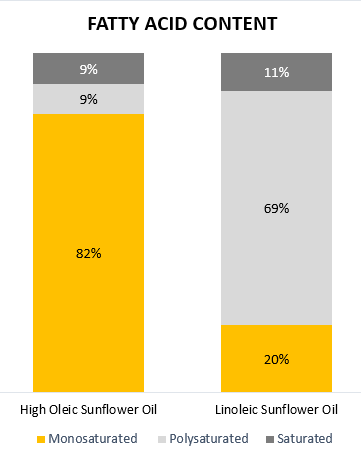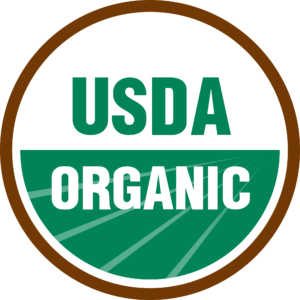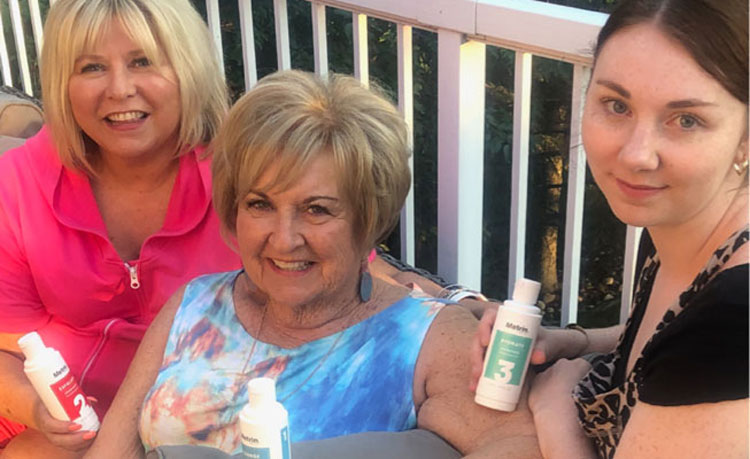Modern sunflower oil production: beyond smashing seeds
Modern practices make sunflower oil production highly sustainable and nutritious.
From its historical roots in North America to the fields of Russia and back again (and again), the modern sunflower has come a long way both geographically and genetically. Thanks to selective breeding, today’s sunflower bears little resemblance to its ancestors and produces a far more nutrient-dense seed.
Sunflowers are grown commercially all over the world. The vast majority of cultivation happens in Argentina, the European Union, and the Ukraine (when combined, they represent over 70% of global sunflower production).
Sunflowers: greenly grownModern machinery and improvements in agricultural practices have reduced the need for fuel and insecticide/herbicide in sunflower cultivation. They’re a sustainable, drought-resistant crop that thrives in conditions where other crops can’t, grow. This makes them important for both nourishment and economy in many parts of the world. |
There’s good reason for their widespread distribution: they are easy to grow and require fairly little water. Sunflowers are a highly-renewable resource that provides tremendous benefit in a variety of ways (beyond being pretty to look at). Without involving extraction of exotic ingredients that pose ecological challenges.
Culinary delights for people and pets
Everyone knows sunflower seeds are edible. They’re calorie-dense due to their high oil content (50%!), making them an excellent source of both energy and fibre. They’re also rich in vitamin E, folate, and zinc. Sunflower seeds are both nutritious and delicious for both humans and animals!
 Of course, sunflower oil is also widely known (and recently, prized by chefs around the world) for its high smoke-point. Smoke-point is the temperature at which the oil begins to break down, changing nutritional values and flavours through burning, and creating harmful free radicals. Its light colour and low flavour make it an ideal oil for certain high-heat culinary applications, like deep-frying and stir-frying.
Of course, sunflower oil is also widely known (and recently, prized by chefs around the world) for its high smoke-point. Smoke-point is the temperature at which the oil begins to break down, changing nutritional values and flavours through burning, and creating harmful free radicals. Its light colour and low flavour make it an ideal oil for certain high-heat culinary applications, like deep-frying and stir-frying.
Sunflower oil is a healthier alternative to animal fats and many other vegetable oils
because they consist primarily of mono and polyunsaturated fats and are rich in vitamin E. Today, the varieties used for cooking are hybrids that were created for greater shelf-stability and lower levels of saturated fats. You will also find them in commercial food products like potato chips, dressings, candies, etc.
Even sunflower petals are edible, although they’re not widely used, and both leaf and stalk are often used as a component of livestock feed along with non-oil sunflower seeds (the little black kind).
Two oils, one flower… what’s the difference?
 Linoleic Sunflower oil Linoleic Sunflower oil
The ‘original’ sunflower oil, linoleic (“low oleic”) oil isn’t as commonly used as it once was. Its high levels of linoleic fatty acid (a polyunsaturated fat) make it prone to degradation from heat, air, and light. This lack of stability means linoleic oil can go rancid quickly unless it’s hydrogenated (and you don’t want that – that’s trans fat). High-oleic sunflower oil Most sunflower oil used today, whether in food or cosmetics, is high-oleic. Its higher stability allows for longer product shelf life with lower risk of spoilage. “High-oleic” means ‘high in monounsaturated fats’, and has been shown to help lower LDL cholesterol (the bad kind) without affecting HDL cholesterol (the good kind) levels. Its increased stability and a more balanced ratio of Omega 3 and Omega 6 essential fatty acids makes it an ideal ingredient for skin care products like METRIN. |
Cold-press and heat extraction… does it matter?
Heat extraction is exactly what it sounds like: heat is applied to sunflower seeds so that their oil can be quickly and easily extracted by hydraulic press. Fun fact: historically, Native Americans used a form of heat extraction to harvest sunflower oil – they simply boiled the flower heads and skimmed the oil from the surface.
Heat extraction’s certainly efficient, but the heating process often uses harmful solvents. The solvents mostly evaporate with any remnants chemically removed from the finished oil, of course. But the process damages both oil’s flavours and nutritional properties. Most oils extracted by this method aren’t as pure as cold-pressed oils and must be further refined (chemically) before use.
Cold pressing is done by low-temperature expeller – no heat or solvents required.
The result is more flavourful, nutrient-rich oils with a higher degree of purity.
METRIN only uses cold-pressed, high oleic, certified organic sunflower oil in our skin care products to preserve its high nutrient content.
How It’s Made (Basically)
Cold Pressing (good)
Organic: buzzword or better?
 “Organic” can go both ways, but in sunflower oil’s case, it’s definitely “better”. It’s technically a certification issued by various regulatory agencies. You probably already know, but it means: no artificial/non-natural chemicals get used when producing the product. Or… at least very few. For example, sunflower oil that’s certified “organic” by the USDA, one of the best agencies involved in this type of thing, must contain at least 95% organic ingredients.
“Organic” can go both ways, but in sunflower oil’s case, it’s definitely “better”. It’s technically a certification issued by various regulatory agencies. You probably already know, but it means: no artificial/non-natural chemicals get used when producing the product. Or… at least very few. For example, sunflower oil that’s certified “organic” by the USDA, one of the best agencies involved in this type of thing, must contain at least 95% organic ingredients.
And yes – METRIN exclusively uses cold-pressed, USDA-certified organic sunflower oil in our skin care products. Only the best! Why? Because several studies have shown that oil extracted from organically-grown sunflowers contain higher levels of antioxidants. Since oxygen literally causes aging, that’s a good thing.
The verdict: organic really is better.
The sunflower oil production elevator pitch:
- Modern practices make sunflower oil production highly sustainable, even in harsher climates
- Sunflower oil has a huge variety of uses: culinary, cosmetics, and much more
- High-oleic sunflower oil is more stable, making it superior for skin care (plus it’s trans-fat-free)
- Cold-pressed means more nutritious, flavourful, and safer compared to heat-extracted SF oil
- Organic sunflower oil really makes a difference (and that’s why we use it)
And there you have it: modern sunflower oil in a nut seed shell…
following a fascinating 5,000-year history of cultivation.
Next week, we’ll look directly at the benefits of sunflower oil in skin care – so many they require their very own post. See you then!








